In this activity, students create a miniature worm compost to learn further about decomposers.
The average Canadian produces a tonne of household waste each year. About 30% of this waste is organic matter. Vermicomposting, or composting using worms, produces beautiful black castings—organic, nitrogen-rich natural fertilizer that is one of the best soil additives on the planet.
Worm castings can be used to fertilize houseplants and gardens. As they break down food, they also produce a liquid fertilizer that can be diluted and used for watering plants.
When operating effectively, worm farms are odourless because the worms eat decomposing matter and any noxious odours leaving a fresh, earthy smell.
Over time, a worm farm can become a complex mini ecosystem, with all types of decomposers doing their part.
Typical worm farm organisms are the same as the typical decomposers: fungi, bacteria, and invertebrates. Some of these organisms come from the food waste itself, like the fungi, and bacteria. The common invertebrates are sow bugs (woodlice), red wrigglers, and small white worms. Flies may even help in the breakdown of the food waste, but their presence can become a nuisance and can be prevented simply by burying food waste.
A worm farm begins with a few very simple parts, and slowly grows in complexity. It starts with some worms, bedding, dirt, moisture, and food. The latter four parts are designed to give worms all they need to live a happy life.
- The bedding is where they live, and although it can be made up of a lot of different materials, it typically is something that can keep a lot of gaps for air circulation, and should consist of material that is high in carbon. For example, shredded newspaper does a great job as long as it is not clumped together.
- Worms do not have teeth, and so their digestion is aided by small gritty pieces of sand and silt found in dirt. They don’t need much, but their proper digestion depends on some.
- A proper level of moisture is important because a worm’s body is naturally slimy. If it is too dry, their body will lose its needed natural moisture levels. If too wet, worms will drown.
- Lastly, and most importantly, worms need food. As decomposers, they eat dead material, and although they have preferences, given enough time, they’d eat most things. To make the easiest functioning worm bin, however, it is best to stick to fresh food waste and coffee grounds. Do not feed them cooked food, meat, bones, or citrus peels. As the worm population increases, more food will have to be added.
As the worms live in their environment they will eat their food, and poop out black pieces called castings. They will even turn the bedding into castings given enough time. In higher amounts, the castings resemble fresh soil, or compost.
Once there is a collection of black castings, they can be harvested as fertilizer, and the worm farm can be renewed with a new set of bedding, and the entire process will begin again.
In this activity, the worm farms students will make are small and may not sustain worms forever. Remind students that worms are living things and as a class, they should take care of them and research further about their needs. As a class, school or home project, have students build a bigger worm farm out of a larger Rubbermaid container.
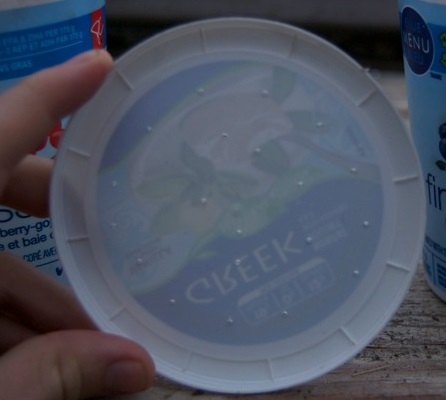
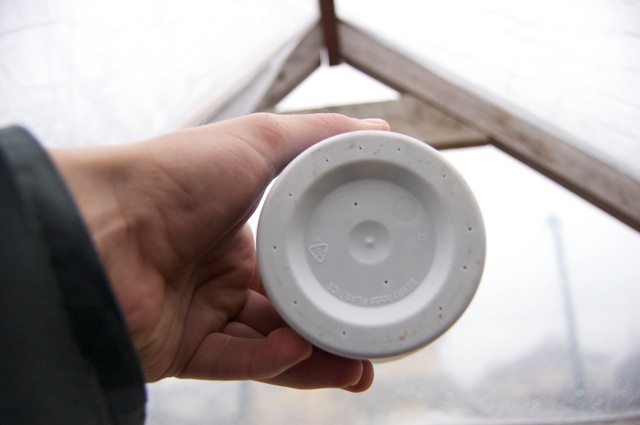
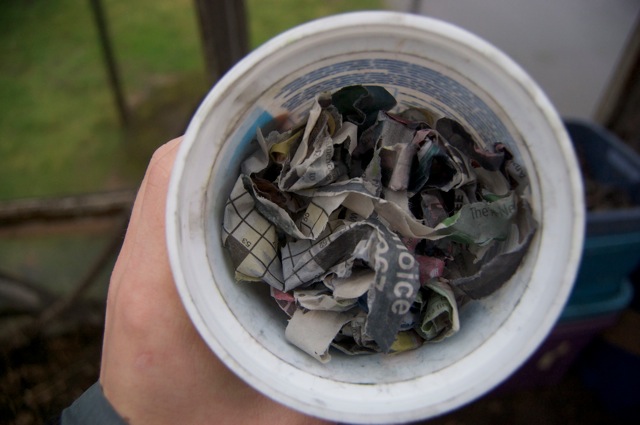
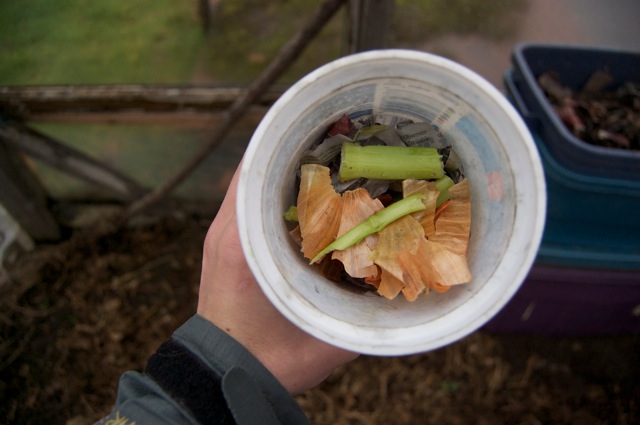
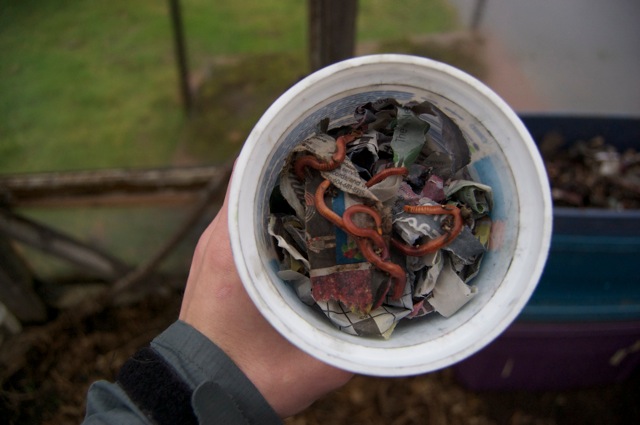
 copy.jpg)